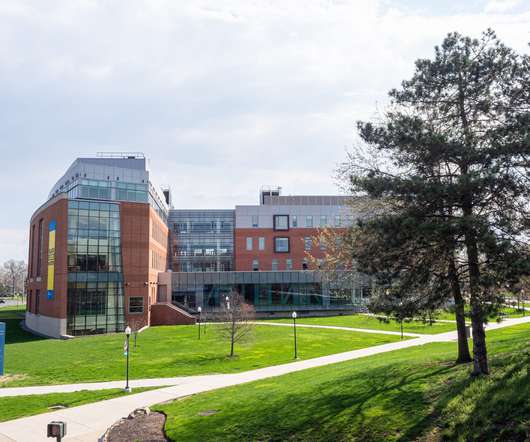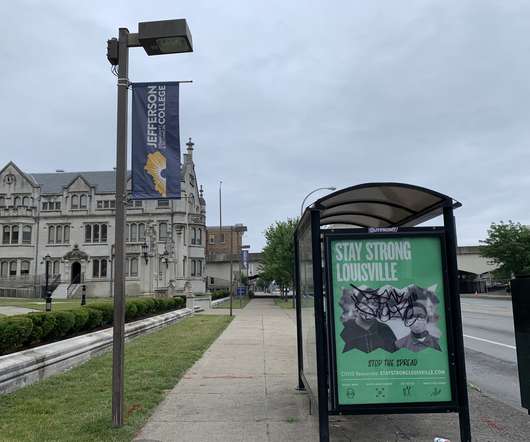The Pandemic Will Leave More Students Unprepared For College. Developmental Education Must Help.
Edsurge
NOVEMBER 30, 2020
billion dollars out-of-pocket nationally and $920 million at two-year colleges during the 2013 to 2014 school year to take developmental courses—courses in which just more than one-in-four students prove to be successful. This, understandably, presented a grave concern for business and industry, legislators, educators and ultimately students.























Let's personalize your content